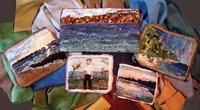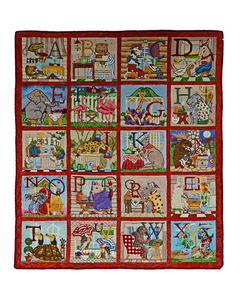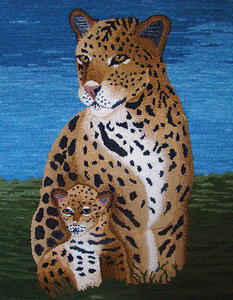Bias, Chenille, Pleat, or Bundle
A Beginner's Guide to Shirring

Antique Bias shirred rug, c. 1830-1840, 29" x 17". It is made of various weights of wool. The binding is a more recent addition; the original edging had worn away.
Are you always on the lookout for something new to try? Something to enhance, expand, and add to your repertoire of rug, mat, or other fiber and textile skills? Then shirring might be just the thing to add interest and texture to your projects.
The basic definition of shirring is the manipulation of fabric by a gathering thread. You may be familiar with the term as it is used in clothing: two or more parallel rows of stitching are pulled to contour fabric in fitting a garment, rather than using darts or pleats. Shirring is also the first step in smocking, as seen in girls’ dresses.
For our purpose here, shirring is the name given to a technique used in the making of American hand-sewn rugs, most created between 1820 and 1850. These rugs were made from material that was fashioned in a number of ways and then sewn to a foundation. There are several variations of shirring: bias, chenille, and pleated.
This article is from the September/October 2015 issue. For more information on our issue, check out our issue page.








